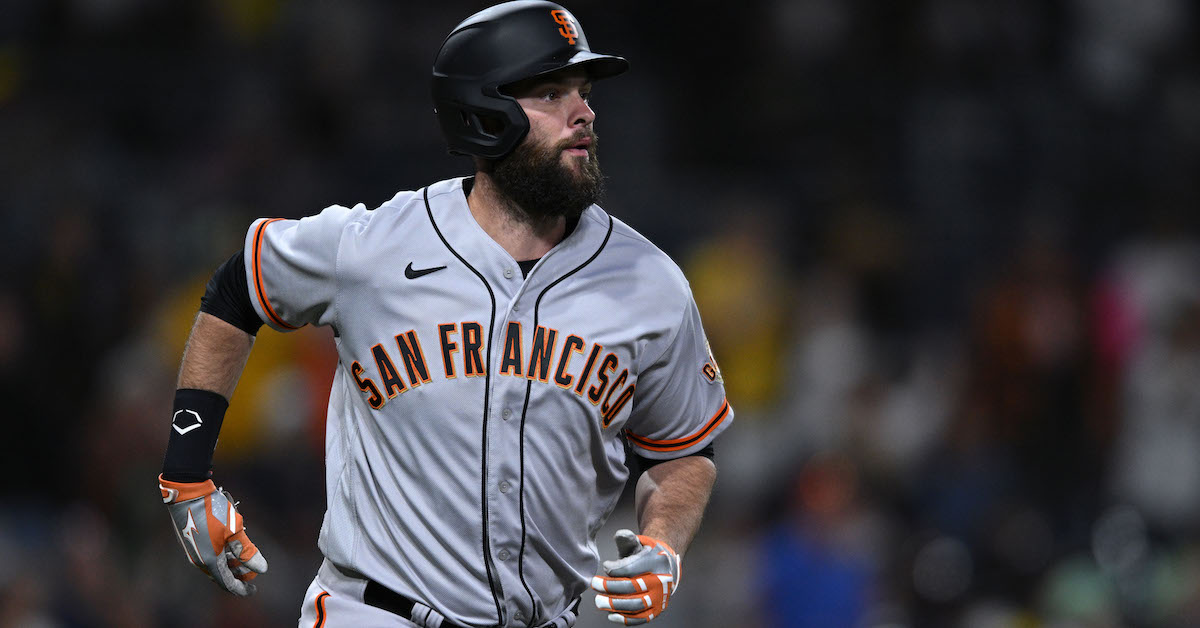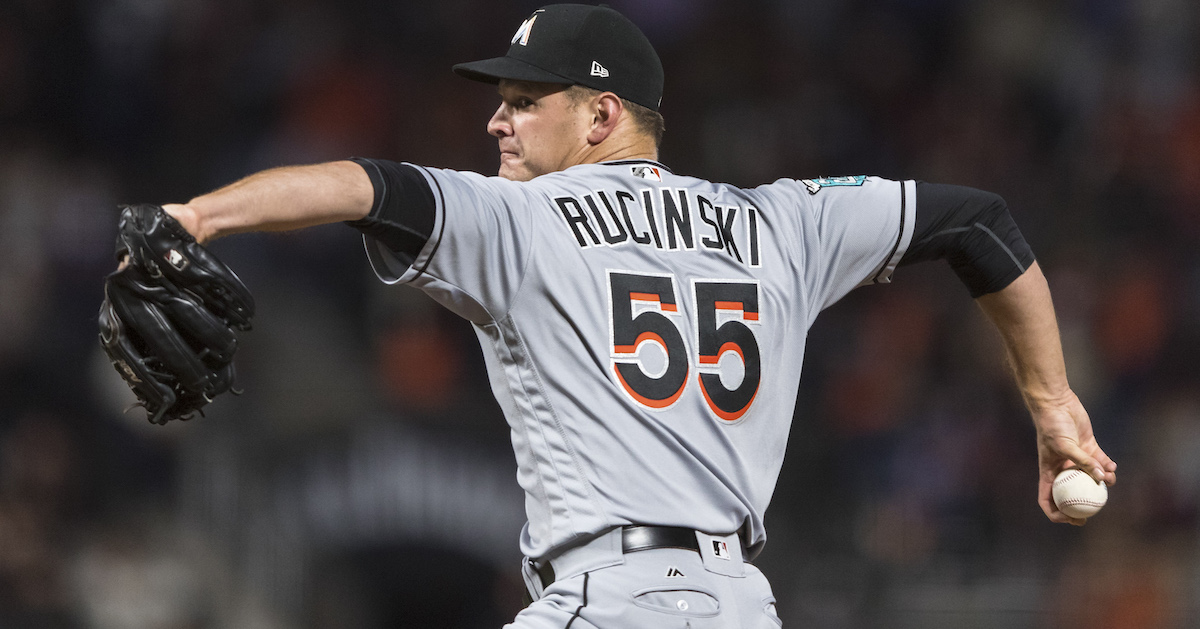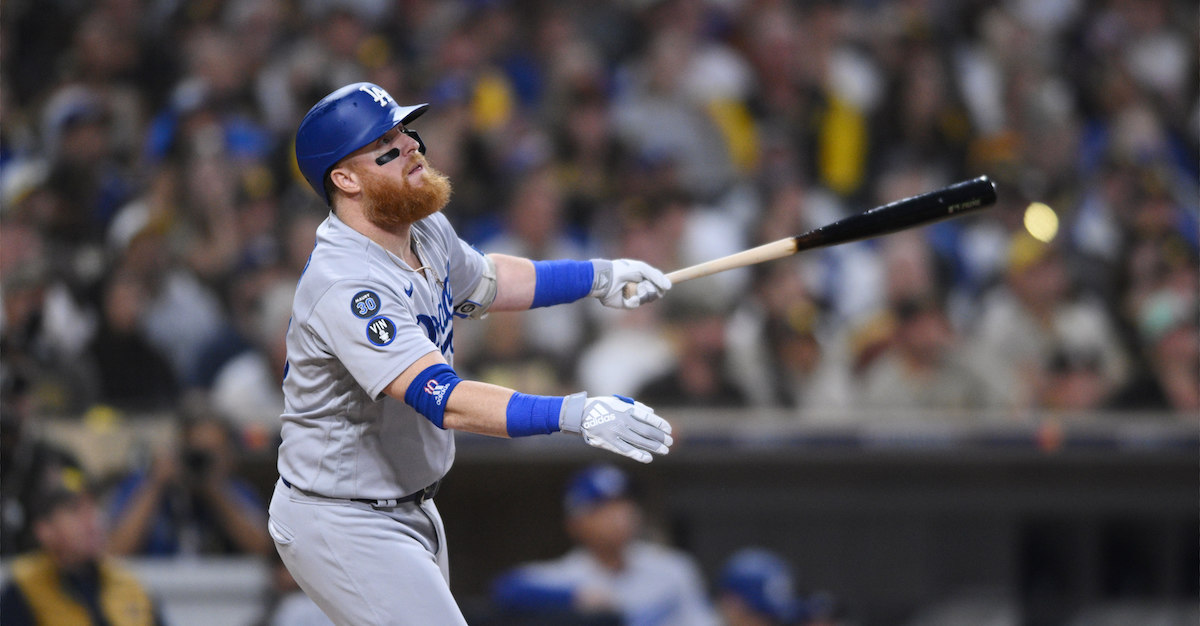One Fastball Isn’t Enough

The fastball is dead. Or is it?
Every season has its share of articles detailing the league-wide decline in fastball usage, and 2024 is no exception. This time around, the spotlight has been on the Red Sox, who have seemingly crafted an elite rotation based on a delightfully succinct philosophy: Spin go brrrr. Indeed, they trail the league in four-seam fastball usage by a wide margin. But they’re also ninth in sinker usage and first in cutter usage as of this writing. This is incredibly interesting to me, especially after you consider the graph below:

In early counts (0-0, 0-1, and 1-0), when batters are more eager to swing and hunt for fastballs, we’ve reached a new minimum for four-seam fastballs. That checks out. But look at the combined rate of sinkers and cutters: It’s back up to levels last seen in 2018. So really, the Red Sox aren’t being hipsters. If anything, they represent what the league is thinking as a whole. The uptick is there, even if you exclude Boston. Read the rest of this entry »










